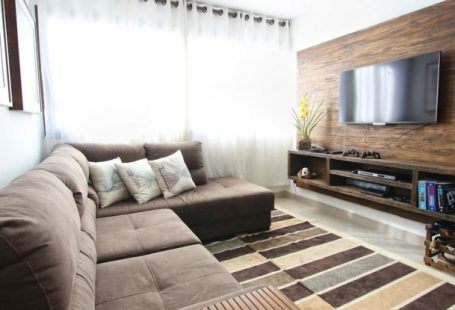As technology continues to advance, the demand for smaller computing devices has increased significantly. Micro PCs have become popular due to their compact size and portability, making them a convenient choice for many users. However, optimizing the user interface of a micro PC is crucial to ensure efficiency and productivity. By making a few adjustments and tweaks, you can enhance your overall computing experience and make the most out of your device.
Understanding User Interface Optimization
The user interface (UI) of a micro PC refers to how users interact with the device, including the design, layout, and functionality of the operating system and applications. Optimizing the UI involves customizing settings and features to suit your preferences and workflow, ultimately improving usability and performance.
Customizing Desktop Layout
One of the first steps in optimizing your micro PC’s UI is customizing the desktop layout. Organize your desktop icons in a way that makes it easy to access frequently used applications and files. Consider creating folders to categorize similar items and reduce clutter on your desktop. You can also change the desktop background to a visually appealing image that helps you stay focused and motivated while working.
Choosing the Right Theme
The theme of your micro PC’s UI can significantly impact your overall user experience. Select a theme that is visually pleasing and easy on the eyes to prevent eye strain during long computing sessions. Dark themes are popular for reducing eye fatigue in low-light environments, while light themes can enhance readability in well-lit areas. Experiment with different themes to find the one that suits your preferences and enhances productivity.
Customizing Taskbar and Start Menu
The taskbar and Start menu are essential components of the Windows operating system that provide quick access to applications and features. Customize your taskbar by pinning your most-used applications for easy access. You can also rearrange the icons on the taskbar to prioritize essential tools and minimize distractions. In the Start menu, organize your applications into folders or categories to streamline navigation and improve efficiency.
Utilizing Keyboard Shortcuts
Keyboard shortcuts are a powerful tool for enhancing productivity on a micro PC. Instead of relying solely on the mouse for navigation, learn and use keyboard shortcuts to perform common tasks quickly. Shortcuts like Ctrl + C (copy), Ctrl + V (paste), and Alt + Tab (switch between open windows) can save you time and streamline your workflow. Familiarize yourself with essential keyboard shortcuts and incorporate them into your daily computing routine for maximum efficiency.
Managing Notifications and Alerts
Notifications and alerts can be helpful for staying informed about important updates and messages, but they can also be distracting if not managed effectively. Customize your notification settings to prioritize essential notifications and mute or disable notifications for less critical apps. This will help minimize distractions and allow you to focus on your tasks without interruptions. Check your notification settings regularly to ensure they align with your preferences and workflow.
Enhancing Multitasking Capabilities
Multitasking is a common practice on micro PCs, but it can lead to cluttered windows and reduced productivity if not managed efficiently. Take advantage of virtual desktops to organize your open windows into separate workspaces based on tasks or projects. This will help you switch between tasks seamlessly and maintain a clutter-free workspace. Experiment with different multitasking techniques to find the one that works best for your workflow and enhances efficiency.
Conclusion: Streamlining Your Micro PC Experience
Optimizing your micro PC’s user interface is essential for maximizing efficiency and productivity. By customizing desktop layouts, choosing the right theme, utilizing keyboard shortcuts, managing notifications, and enhancing multitasking capabilities, you can streamline your computing experience and make the most out of your device. Experiment with different optimization techniques to find the ones that work best for your workflow and preferences. With a few adjustments and tweaks, you can create a user-friendly and efficient UI that enhances your overall computing experience.





